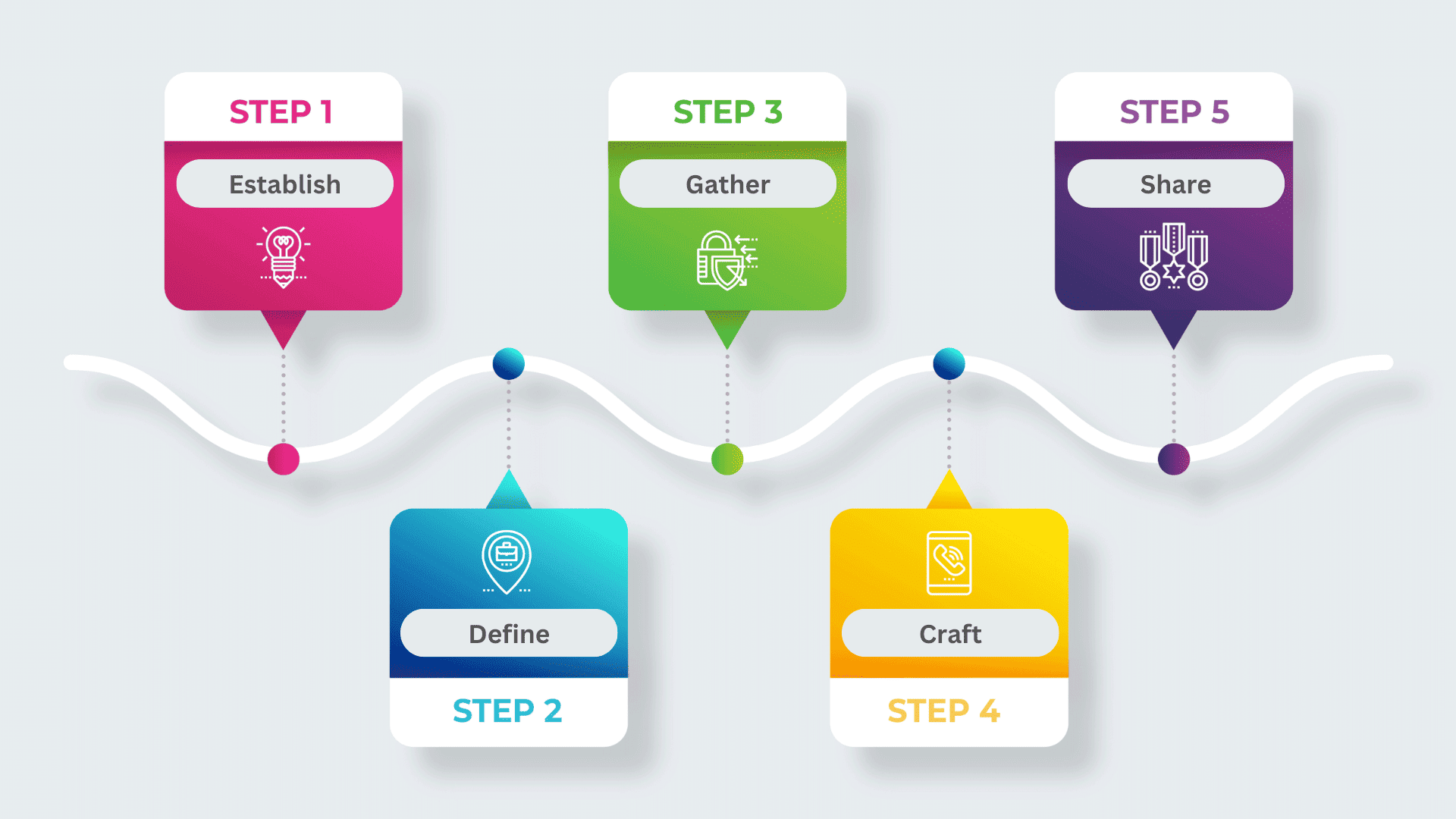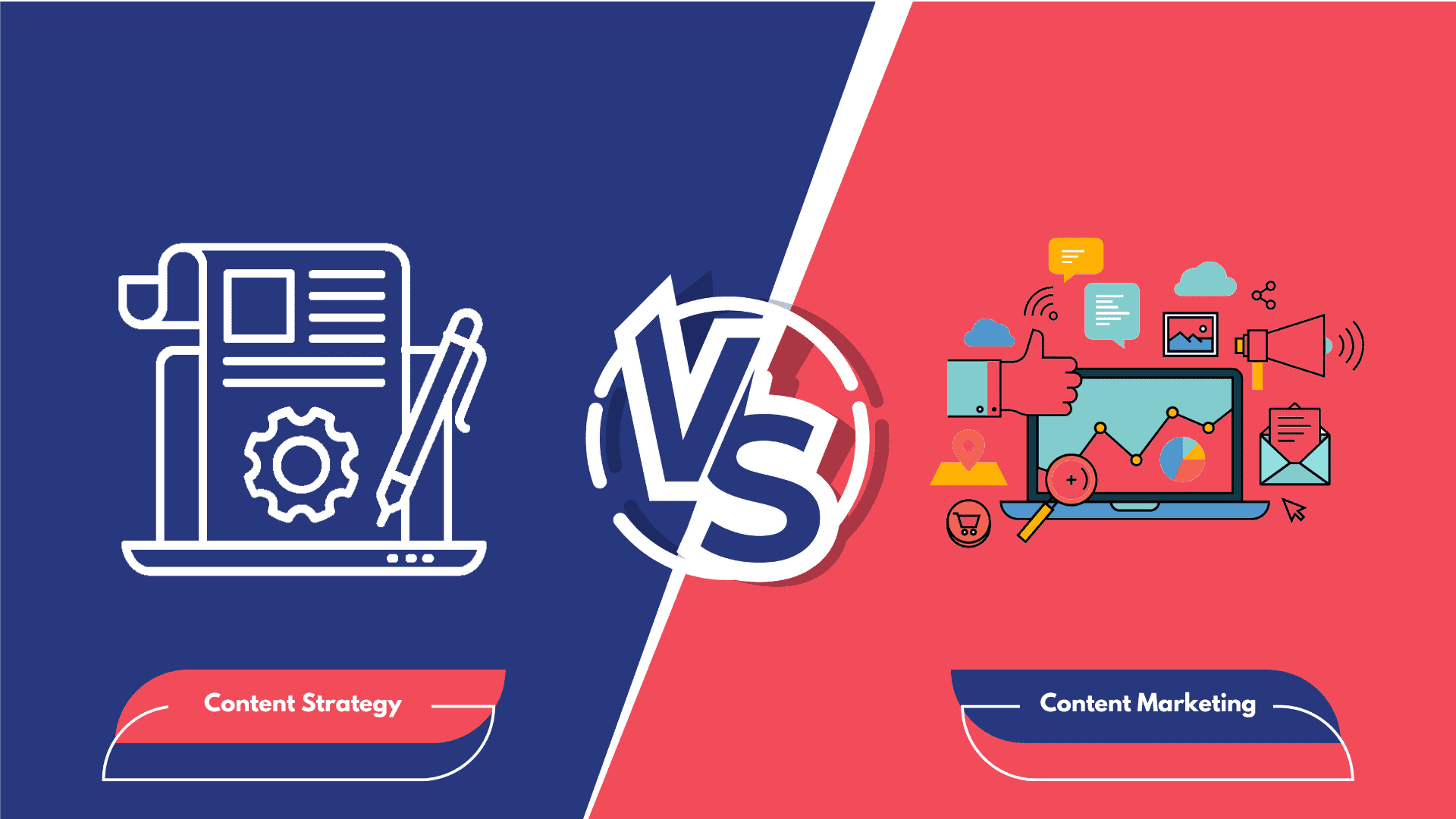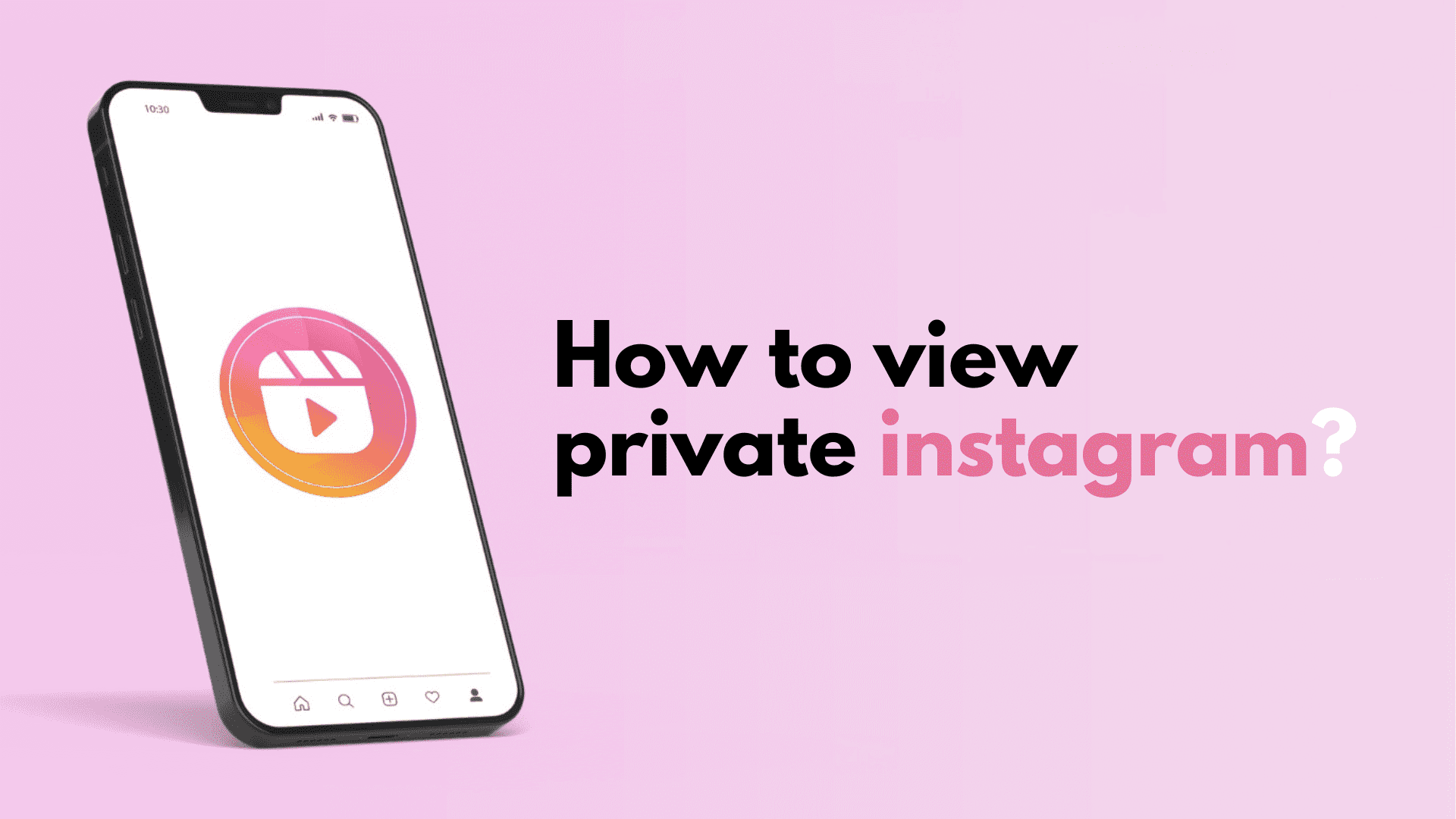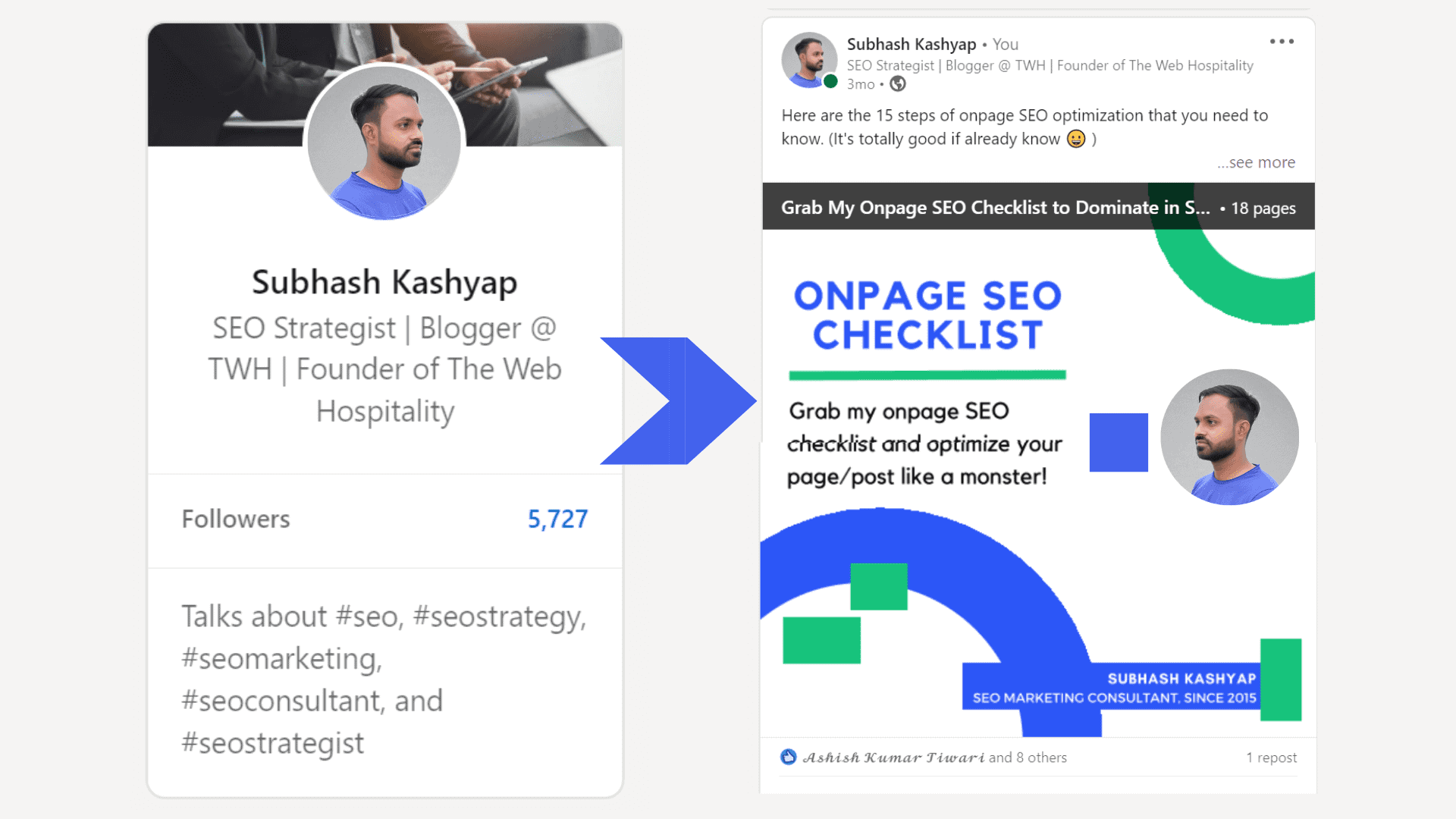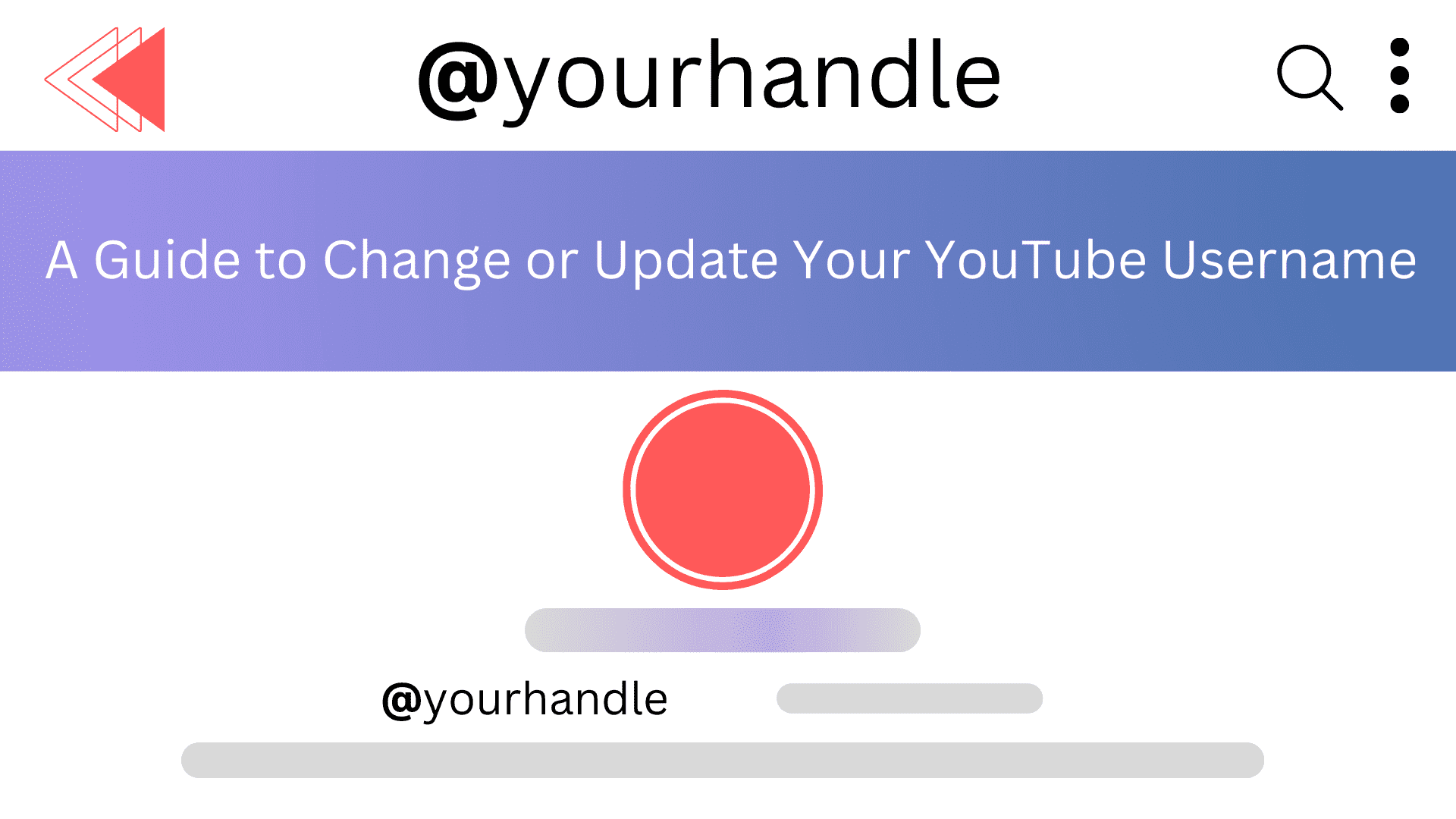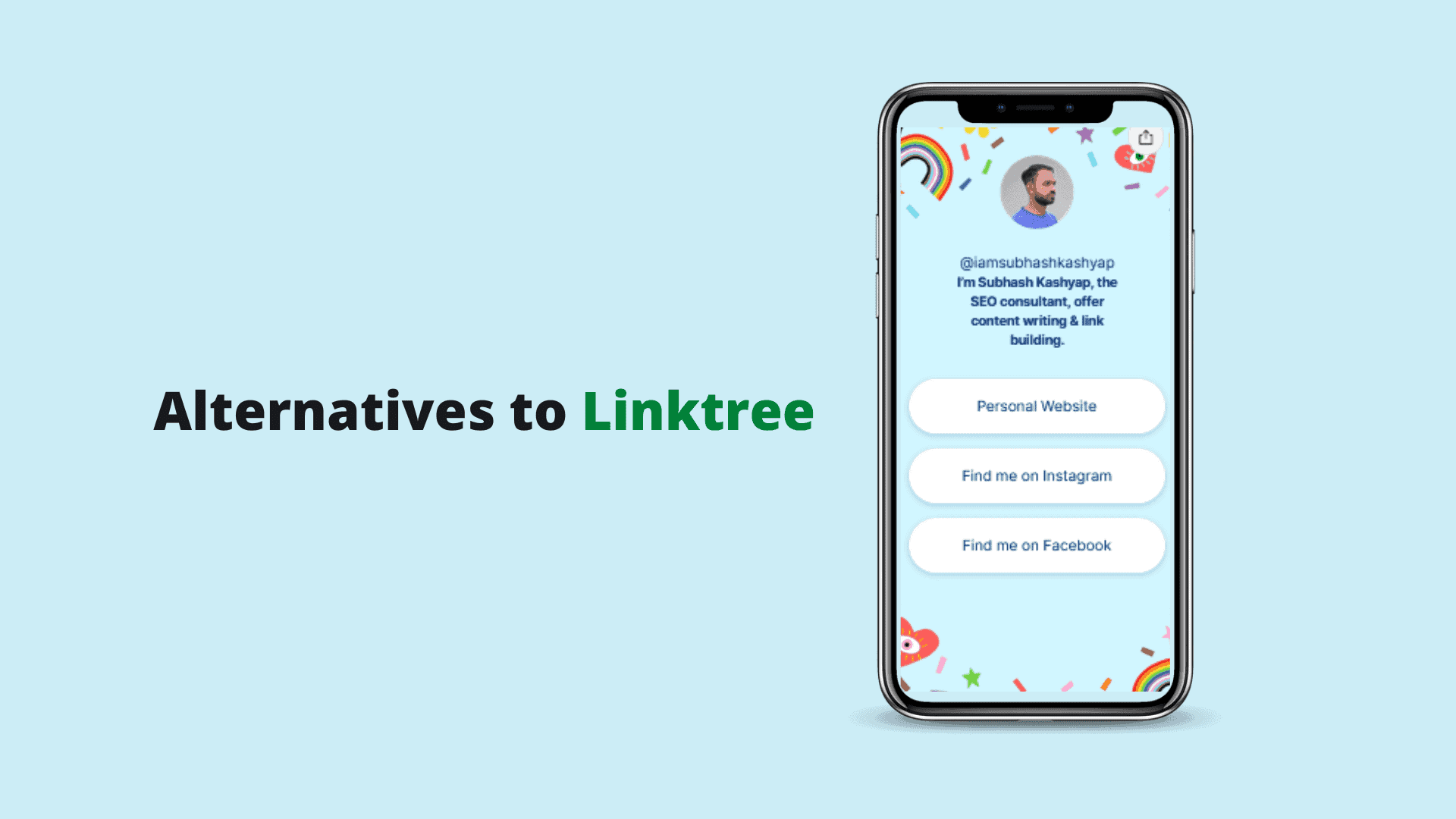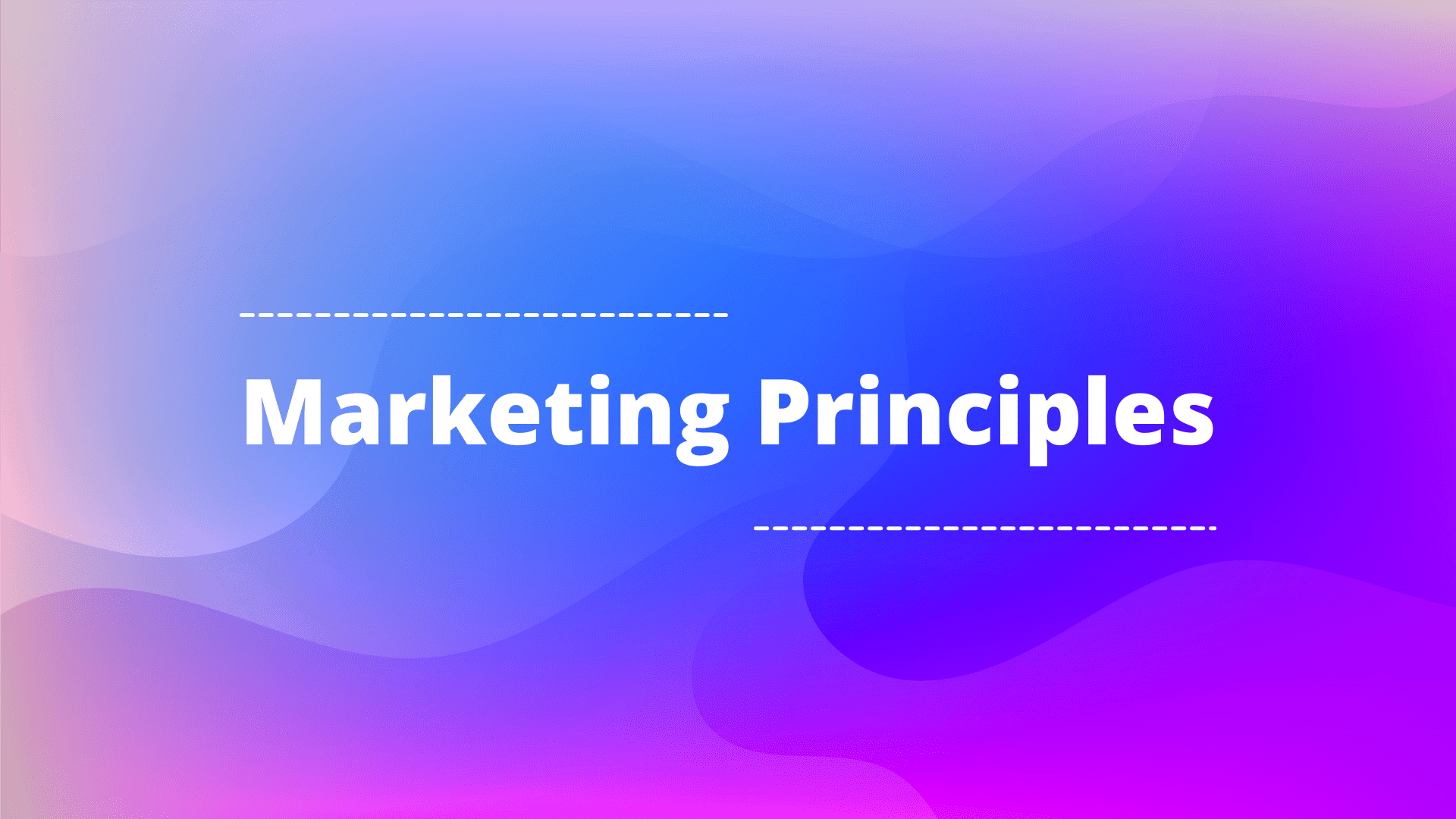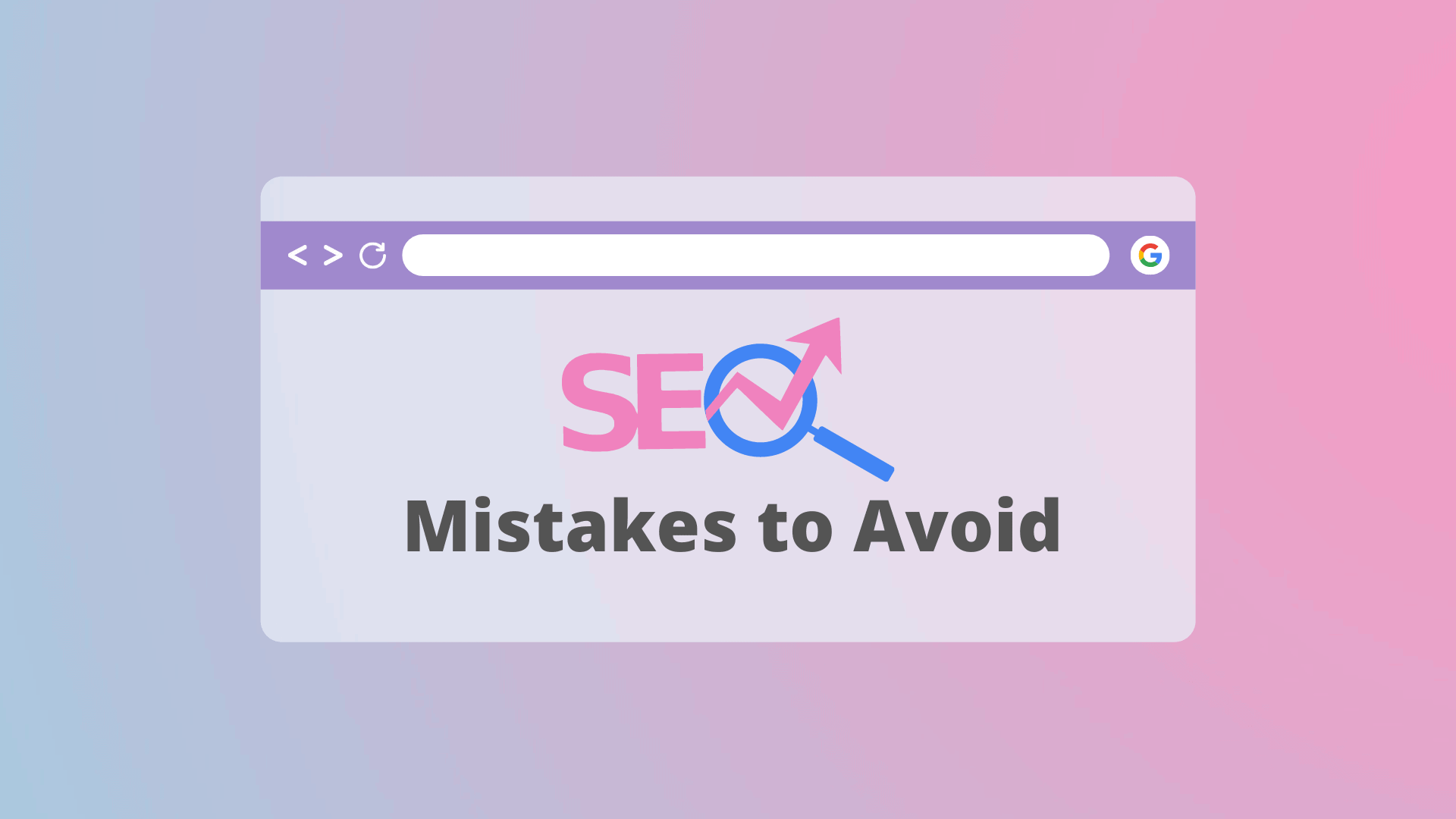The internet is full of information, but, people do not have a long attention span. Therefore, you might be tempted to believe that long-form content does not belong to these times.
However, you would be mistaken;
Because, in fact, long-form writing is still one of the best methods of winning over readers. It gives a lot of details while keeping reader’s focus on what matters most if done correctly.
The key is to follow the current best practices for long-form content and come up with a compelling post.
Below, I have outlined some of the latest strategies for you to win the long-form content game.
Table of Article Contents
ToggleLong-Form Content Practices You Should Know About
Each niche has its own characteristics, and in depth content creation can take many forms here.
However, there are several things that effective blogs, tutorial guides, case studies, and other materials share in common. Here are some of the current best practices when writing long-form content.
1. Establish Your Goals
Before creating long-form content, you need to identify your purpose.
Are you interested in increasing your organic traffic volume or do you need more leads? Are you currently in the process of creating links?
It should be noted that long-form content exists not only in one form, but many, such as infographics, ebooks or white papers, with each type having its own objectives.
For instance, if you would like more shares on social media, it’s been suggested by some studies that infographics and listicles might work better.
When it comes to generating qualified leads, it turns out that e-books and case studies are what actually work.
Thus, you can take such decisions depending on what needs doing when it comes to marketing your product or service. Even, you can also examine which part of the sales funnel you need to improve.
If you are struggling with discovery, put more efforts into the top of funnel content that targets new visitors.
However, if your goal is conversion rate enhancement, focus on these visitors who are already conducting search queries related to the solution you offer.
2. Use The Right Keywords
When you figure out what type of long form content to write, the next stage involves finding right keywords. Remember that most people go through search engines when looking for information online.
It means you need to optimize around these search queries used by your target audience which enables you reach out to them strategically.
Identifying and using the suitable keywords is essential for many reasons.
First, it gives your posts higher search rankings and makes them more visible to search engines. So that means, if users try to search for something and the search engine results are displayed, it is your page that will be chosen.
Second, proper utilization of correct keywords will help your audience understand what your content generally entails. Visitors are less inclined to bounce if your content is relevant right from the search that the topic is of interest to them.
To perform thorough keyword research, use online SEO tools like Semrush and Ahrefs.
3. Use Headers Where Needed
Some argue that people now have shorter attention spans than a goldfish and in fact they do since it is true to some extent. But that doesn’t mean you should avoid creating long form content automatically.
Breaking down a comprehensive guide into smaller parts that will help an average reader understand it easily.
Consequently, people are not easily overwhelmed by the content on your page. Ideally, three sentences should make up each paragraph.
However, there are instances where you can write more than that to put important information across.
If, you break down your post into smaller sections, it also makes sense to put headers where needed.
4. Keep the Tone Conversational
Although the tone of your content depends on topics or niches, it is advisable to keep it conversational.
To keep the reader engaged it is important to use an informal language style instead of highly technical jargon. However, make sure that the required details form the contents of the page.
Academic journals and other similar types of articles would be an exception.
5. Add Images, Charts, and Other Media to Break Sections
Aside from chopping your content into smaller sections with separate headers, it is best to include images, infographics, and other elements as well.
Doing this helps break the monotony and allows the readers’ eyes to rest.
More importantly, it will help convey your message.
Imagery is a very powerful tool for communication because it suits the way the brain naturally processes information.
6. Organize Your Content
Make sure that you keep your readers engaged from start to finish by organizing your content.
Start with a compelling introduction that lays down the groundwork for your topic, then maintain a consistent flow of thought.
Where applicable, use bullet points and sprinkle some questions in between paragraphs or topics.
Also, create a table of contents linked to every section if your article is very long.
7. Optimize for Search Engines
So far, you have been focusing much of your attention on your target audience. While it is important to write first for your reader, you should not neglect the needs of search engines.
You have identified the right keywords to use, but you must also use just the right amount. Stuffing them forcibly into your content will not sit well with search engines.
Instead, check if the keywords have featured snippets and optimize for them too.
In addition, make sure that your content is compatible with all devices, especially smartphones and tablets.
Also, clean up your URL and make sure that it helps both the users and search engines understand what the content is about.
8. Promote Your Content
At this point, your long-form content is done, but your job is not.
So, promote your post on other marketing channels like email and social media to generate some buzz.
Final Thoughts on How To Write Long-form Content
Long-form writing is a lot of work but it pays off, when done strategically.
It can provide the necessary information for your intended audience which enables them find enough reason to remain avowed to your brand.
More importantly, it can increase your visibility on the search engine result pages, enhance your lead generation, and also improve your sales conversion.
So, include long-form contents into your content marketing strategy now!






